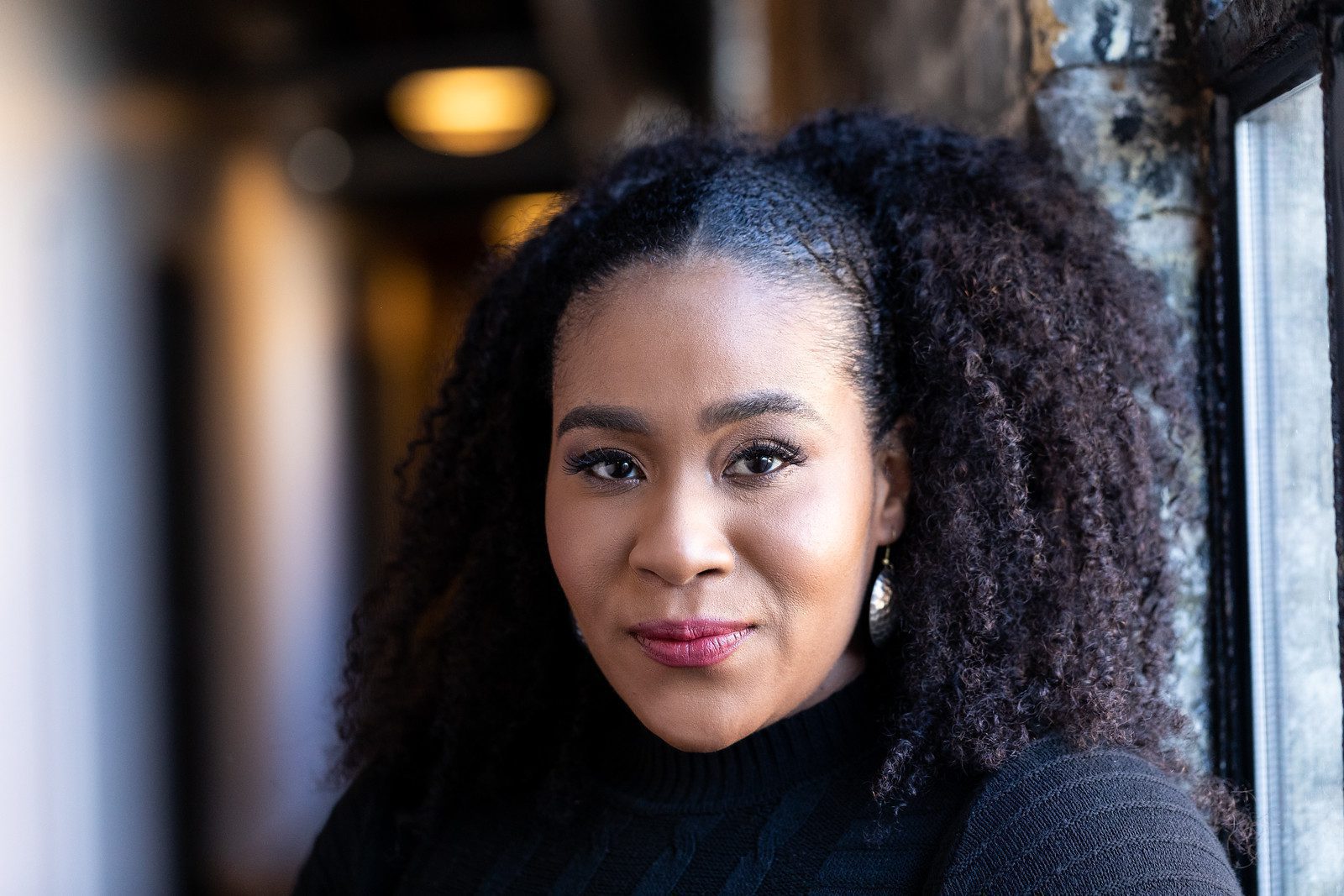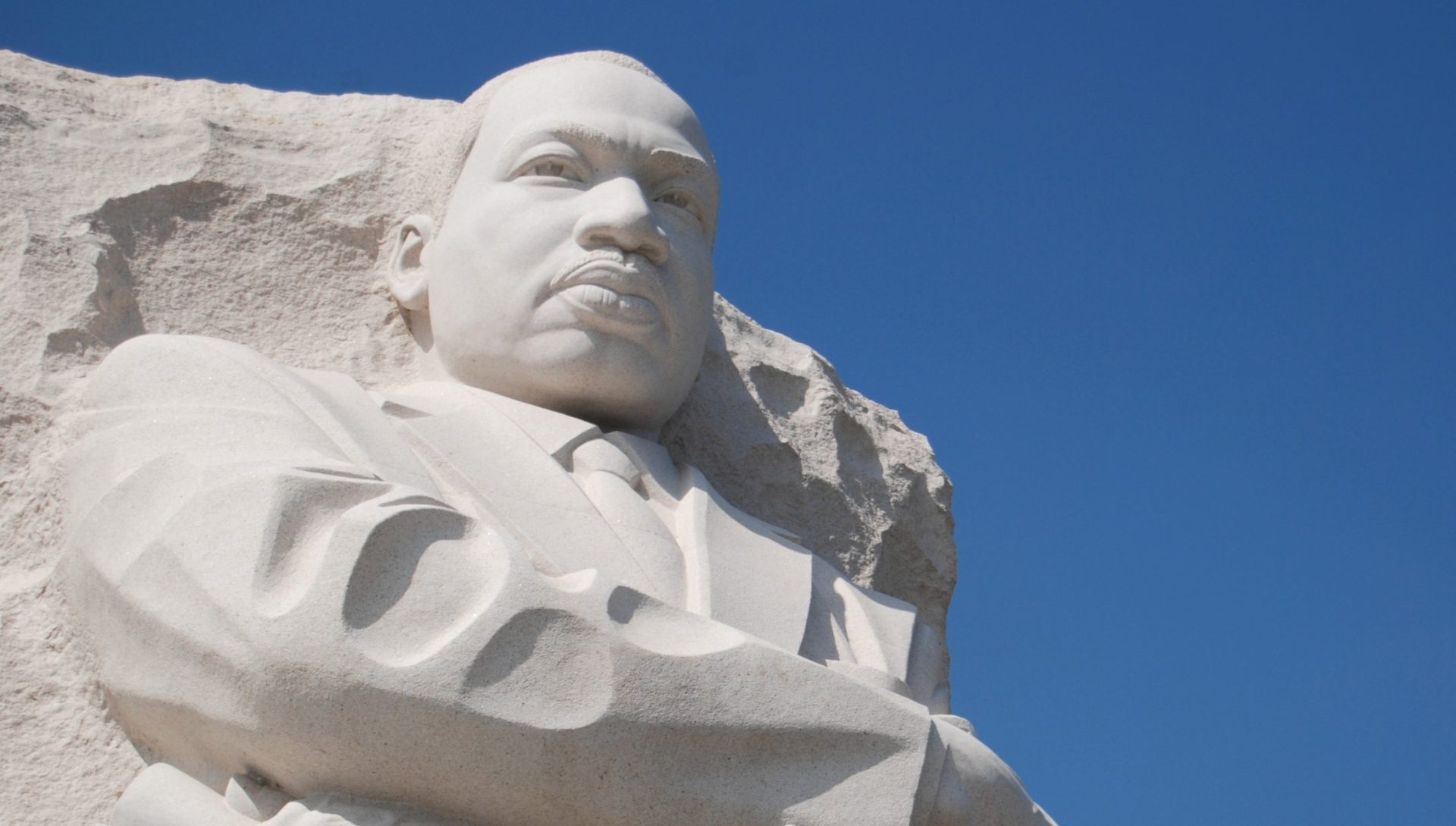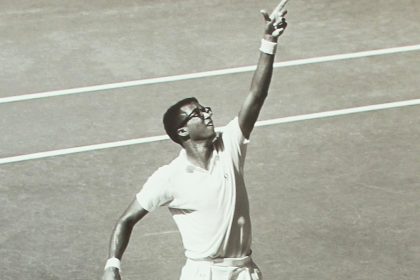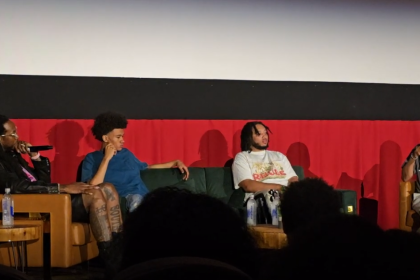
The American TAP Foundation is bringing the art of tap dancing onto the big screen with Tap World, an award-winning feature-length documentary. The film spotlights some of the most compelling tap dancers from around the world. Viewers will be let in on their personal hardships, success stories and the hard work it takes to keep the art form alive internationally. The anticipated film hits theaters in NY, DC and a few other major cities on July 10. You can also catch Tap World screenings at a few film festivals happening during the summer season.
Tap World features tap dancers from the streets of New York to dancers in Japan, Brazil, France, India, Australia, South Africa and the list goes on. The documentary gives dancers of all ages a unique opportunity to share their individual stories on how they became a tap dancer and can be included in the film. The project was put together by executive producers Chloe Arnold and Maud Arnold and tap dancer DeWitt Fleming who brought you Tap Heat , a short film centered around leaders who have been key fixtures in shaping the tap community into what it is today.
Rolling Out got a chance to speak with the director of Tap World. He gave us the inside scoop on how he prepared for this film and why he believes this film has the power to restore the presence of tap in the dance world.
Peep the highlights below:
How did you become affiliated with Tap World?
In 2003, I did a short film called Tap Heat and while filming I discovered there were to distinct delineations in tap and one being traditional and the other more contemporary. I figured I could put a film together showcasing both the old and the new for people to observe the difference. Knowing a number tap dance caused me to become fascinated with it’s form and history. Tap dance is a real community with dancers interconnected across the globe. There are conventions and tap fests where there of people attend in several different countries. I wanted to find a way to demonstrate the interconnection and globalization of this dance sport through film. I was inspired by a film called “A Day on Earth” that captured people around the world and what they were doing in there everyday lives. I knew right then and there I could achieve the same thing, but just focusing on the lives of tap dancers.
What was the process of putting a major documentary of this caliber together?
Once I reached out to producers Chloe Arnold & Maud Arnold we all started throwing around ideas for the film. We began with sending video invitations on social media networks and also created a YouTube channel for tap dancers to upload videos of their work. We received hundreds of submission from tap dancers in countries all over the world. The hardest task was narrowing down the the video submissions to a manageable form. Our film now is seventy-two minutes. It is extremely hard making the decision to excluded some and include others, because they were all talented. Sometimes there were stories where the dynamics of someone’s life were a little similar to someone else’s and so we had to choose between the two. We tried to make sure that each story was compelling and authentic for the viewers. I think we did a great job with who we chose.
Do you think tap is overshadowed by by other dance genres?
Yes. There are very few places where you are going to see tap. Tap dance is no longer on television or in movies anymore and that’s what people watch the most. Right now, Hip-hop has taken over the dance scene not just in the United States, but on an international level as well. I spoke to some of our dancers and posed the question, “Why tap instead of Hip-hop?” and they said that was something they could all do, but tap dance is so much more unique. Our dancers look at tap like they are creating their own music with there movements. Tap is very organic and when you see the expressions coming through their dance reflecting who they are and how they feel is priceless.















